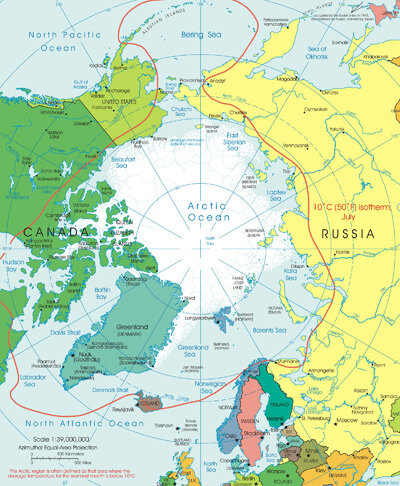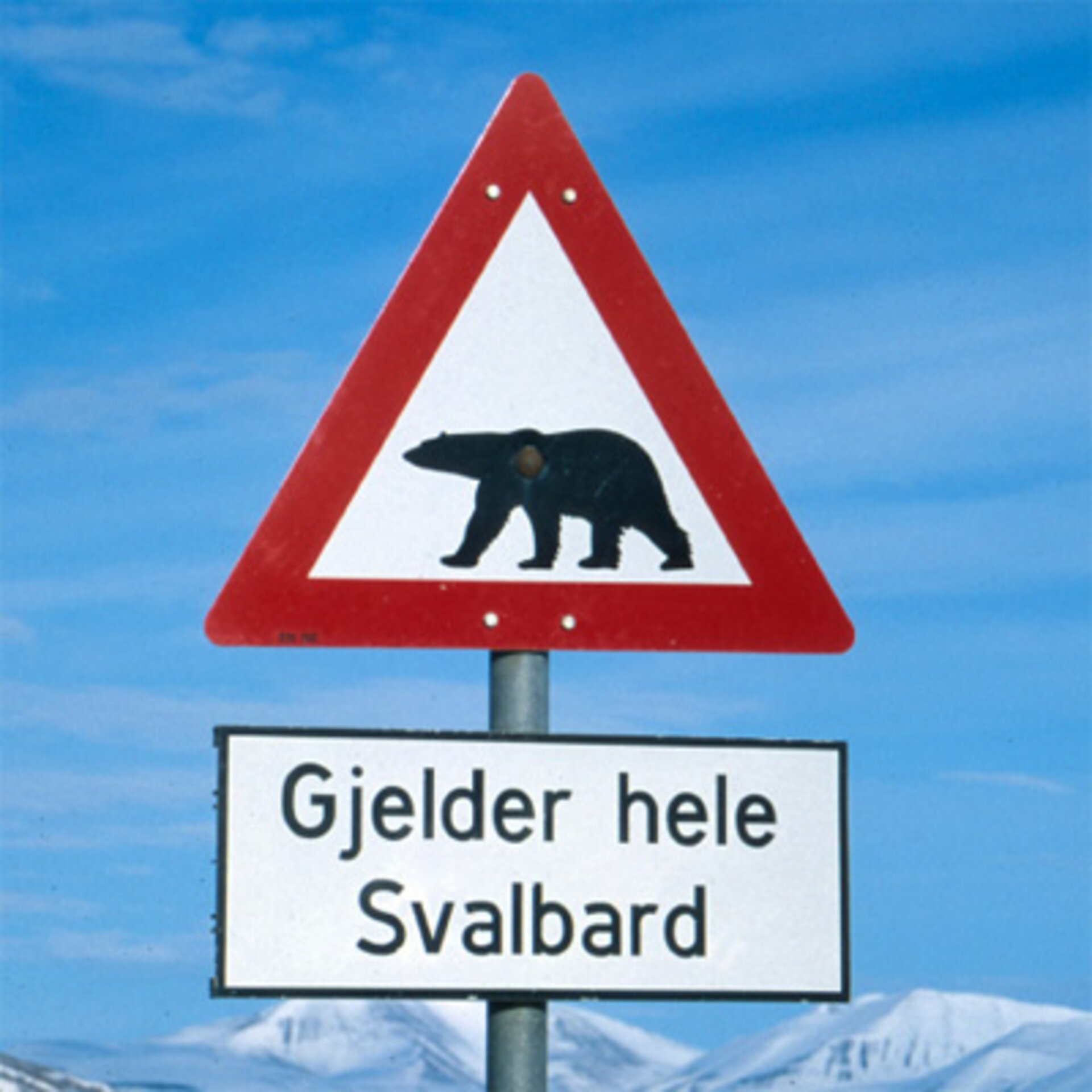International Arctic summer school
This year the International summer school “Observing the Arctic: A window to climate change” will be held from 27 June to 4 July 2009 in Svalbard. The course is open to PhD students and young post-docs. Applications deadline is 15 February 2009.
Climate change is widely regarded as the greatest challenge to mankind, with the Arctic one of the key trigger regions, changing fast under both human pressures and climate change impacts.
The Norwegian Institute for Air Research (NILU in Norwegian), Norwegian Spacecenter (Norsk Romsenter) and the University Centre in Svalbard (UNIS) are organizing an International Summer School on “Observing the Arctic: A window to climate change” to address this challenge by bringing together the various elements that comprise the Arctic and how they provide information on climate change. This Summer School has the support of Konsberg Satellite Services (KSAT), the European Space Agency (ESA) and the World Meteorological Organization (WMO).

This one week course held at The University Centre in Svalbard (UNIS) in Longyearbyen (the main settlement in Svalbard) aims to train students in the fundamentals of Earth Observation, Earth System Models and climate change, and the latest developments, with a focus on the Arctic. The school will be integrated with the UNIS IPY Summer School. It will provide students with contacts with world-class scientists and their peers. Courses include lectures on Earth Observation, climate change and climate modelling, the various elements of the Arctic system such as atmosphere, ocean, land cryosphere and biosphere, Numerical Weather Prediction and the International Polar Year (IPY). There will be a keynote lecture on the Arctic and climate by Prof Johnny Johannessen (NERSC), who is the ESAC Chair.
There will be hands-on computing exercises on various aspects of Earth Observation and the Arctic. These exercises will be based on those successfully implemented at the ESA Earth Observation Summer School. Students will have the opportunity to present their work during a dedicated poster session. Finally, we plan visits to KSAT and KHO, the Kjell Henriksen Observatory.
The school is open to young researchers (i.e. PhD students and young post-doctoral scientists) who work on aspects of the Arctic and wish to expand and improve their knowledge and skills. Participation is limited to a maximum of 36 students and is highly competitive. Students are expected to cover their own travel and accommodation. The possibility of support for students from ESA member states and developing countries (e.g. Eastern Europe, Russia, China) is being investigated.




